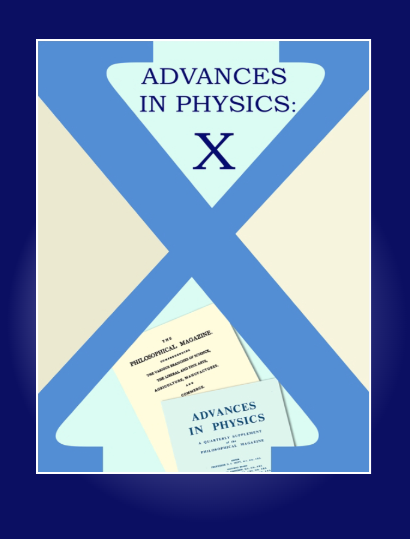铸币金属研究中的QM/MM方法:铜、银和金与生物和有机分子的相互作用
IF 10.8
2区 物理与天体物理
Q1 PHYSICS, MULTIDISCIPLINARY
引用次数: 0
摘要
本文章由计算机程序翻译,如有差异,请以英文原文为准。
QM/MM methods in studies of coinage metals: copper, silver, and gold interacting with biological and organic molecules
ABSTRACT A QM/MM method is an atomistic simulation algorithm that allows researchers to describe different regions of a system with different physical laws. Here, we review this hybrid method’s applications to the study of copper, silver, and gold atoms and clusters interacting with biological and organic molecules. In particular, we highlight efforts to characterize the relaxation process in a copper(I) phenanthroline complex; details of Cu’s secretory path; the atomic structure of Ag-homopolymers of cytosine and guanine; DNA-stabilized silver clusters; effects related to temperature and solvent on thiolate-protected gold clusters’ optical properties; and the effect of a medium-like noble gas on a cluster’s optical spectrum. The results of these efforts demonstrate how QM/MM methods are applied successfully to a wide range of processes that include the study of excited state evolution, charge transport, light absorption, and emission, and determining an atomic structure in the absence of crystal-determined structure. We expect QM/MM methods will continue supporting the exploration of novel hybrid organo-metallic materials and their safe use in the environment, while also providing guidance on mechanisms to deal with diseases associated with a failure in cells’ proper behavior. Graphical Abstract
求助全文
通过发布文献求助,成功后即可免费获取论文全文。
去求助
来源期刊

Advances in Physics: X
Physics and Astronomy-General Physics and Astronomy
CiteScore
13.60
自引率
0.00%
发文量
37
审稿时长
13 weeks
期刊介绍:
Advances in Physics: X is a fully open-access journal that promotes the centrality of physics and physical measurement to modern science and technology. Advances in Physics: X aims to demonstrate the interconnectivity of physics, meaning the intellectual relationships that exist between one branch of physics and another, as well as the influence of physics across (hence the “X”) traditional boundaries into other disciplines including:
Chemistry
Materials Science
Engineering
Biology
Medicine
 求助内容:
求助内容: 应助结果提醒方式:
应助结果提醒方式:


